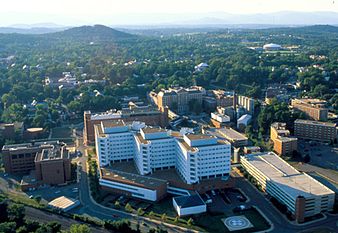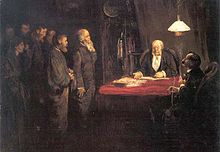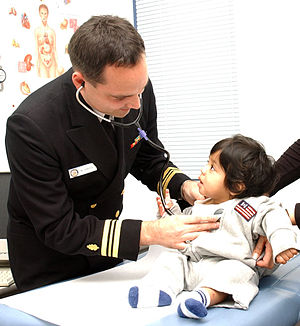|
GREAT BARRINGTON, Mass.
Rural America lives with layers of demographic and geographic obstacles to health care, and not surprisingly, rural Americans face bigger health challenges than their urban and suburban neighbors. Berkshire County, the second most rural county in Massachusetts, is no different.
More than residents elsewhere in the state, our neighbors and communities struggle with high rates of obesity, cancer, diabetes, cardiovascular disease, mental illness and addiction to smoking and other drugs. The suicide rate in Berkshire County was the highest in the state in 2013, and admissions to mental-health facilities are above the norm.
Berkshire County mirrors other remote rural geographic regions in the nation, where recruiting primary-care providers is an ongoing challenge of economics, retirement, the allure of specialty medicine and big-city compensation. In these areas, the supply of primary-care physicians falls below federal standards. (Kaiser Foundation 2015).
The good news is that the education, experience and quality of physicians and nurse practitioners at Community Health Programs in Berkshire County, where I have been interim CEO since January, is on par with any of the best healthcare organizations in which I have worked in Massachusetts. Equally important is the work we are doing to educate patients about the front-line role that nurse practitioners play in the delivery of high quality primary care. Increasingly, patients understand that nurse practitioners are excellent partners in providing primary care.
National studies have shown that patients assigned to either nurse practitioners or primary-care physicians have comparable health outcomes. More than a dozen states — including Maine, Vermont, New Hampshire and Rhode Island — have long-since passed measures freeing nurse practitioners from physician oversight in treating, diagnosing and prescribing medication to patients.
States that have already done so show fewer emergency-room admissions, improved health status, and better overall healthcare experiences. Yet in Massachusetts, physician organizations have resisted giving nurse practitioners sufficient autonomy to practice to the full extent of their training. We need to maximize the use of nurse practitioners as a vital healthcare resource.
This lack of full practice authority for nurse practitioners has broad implications for healthcare access in Massachusetts, particularly in underserved communities. Competition for primary-care providers is intensifying. Physician salaries at community health centers, which serve mostly lower-income residents, remain 25 to 30 percent below entry-level salaries at many hospitals and private physician practices.
Outdated practices
At rural health centers, which continually struggle to attract providers away from urban areas, the impact is even more profound if nurse practitioners cannot provide the full range of patient care. The health of rural communities is compromised by policies that protect outdated ways of delivering primary care.
The role of nurse practitioners should grow as our health system moves toward the team-oriented, patient-centered care approaches — the foundation of post-Affordable Care Act healthcare delivery. Often referred to as the patient-centered medical home (PCMH), this coordinated model emphasizes a critical shift to staying well, not just getting better.
In addition, care for higher-risk patients with chronic needs, who account for so much of our overall healthcare spending, is better managed. In states that have lifted restrictions on nurse practitioners, early data show a reduction in ER admission rates, improvements in residents’ health status and increased patient satisfaction.
The time has come for the Massachusetts legislature to pass House Bill 1996/Senate Bill 1207. The bills, which draw upon guidelines developed by the Institute of Medicine, would remove barriers preventing nurse practitioners and certified registered nurse anesthetists from practicing to the full extent of their training. The bill also ensures that Massachusetts can meet workforce demands, address gaps in access to care and adopt new care models tied to healthcare delivery and payment reforms.
According to the National Council of State Legislatures, of the 2,050 rural U.S. counties, 77 percent are designated as health- professional-shortage areas. Around 4,000 additional primary- care practitioners are needed to meet current rural healthcare needs. There is no single fix to meeting the health needs of rural Americans, but by elevating the role of nurse practitioners, we believe we can begin to close the gap. |







